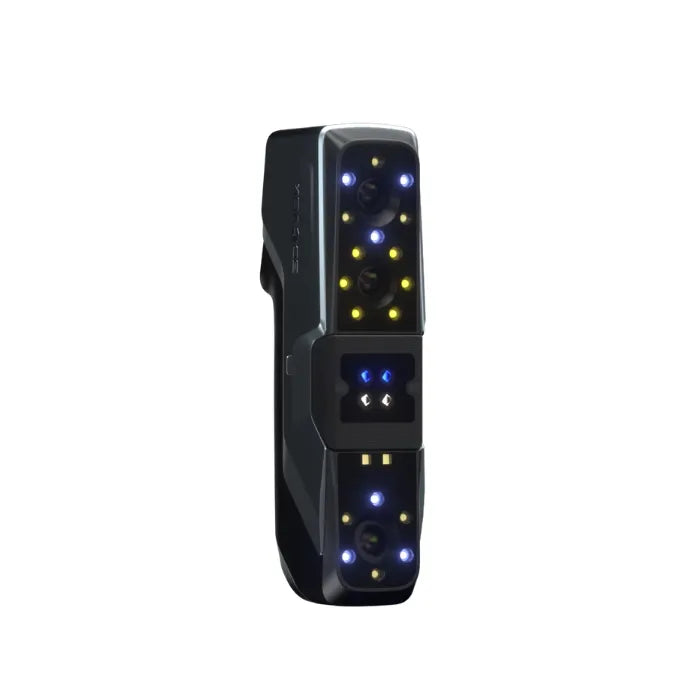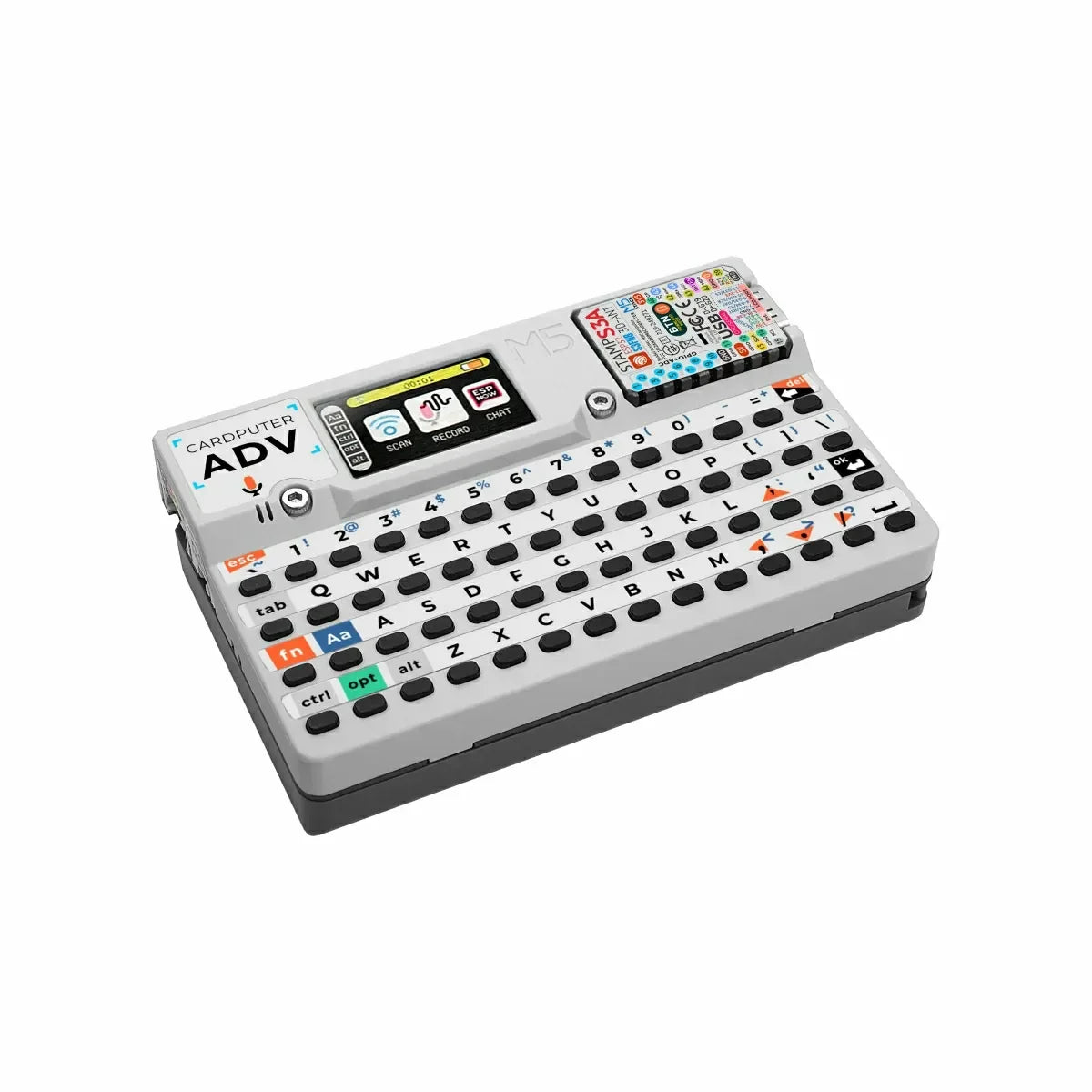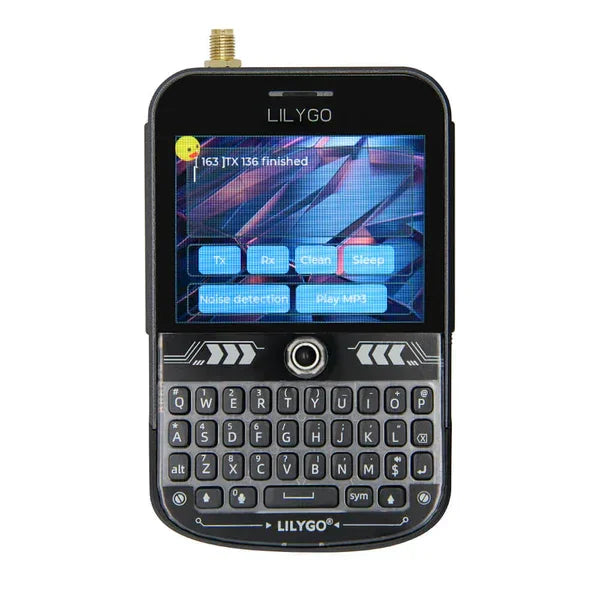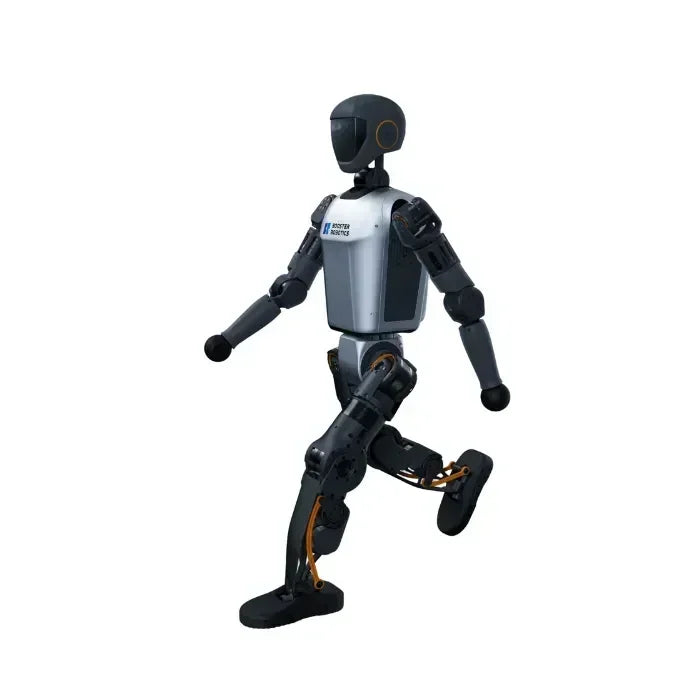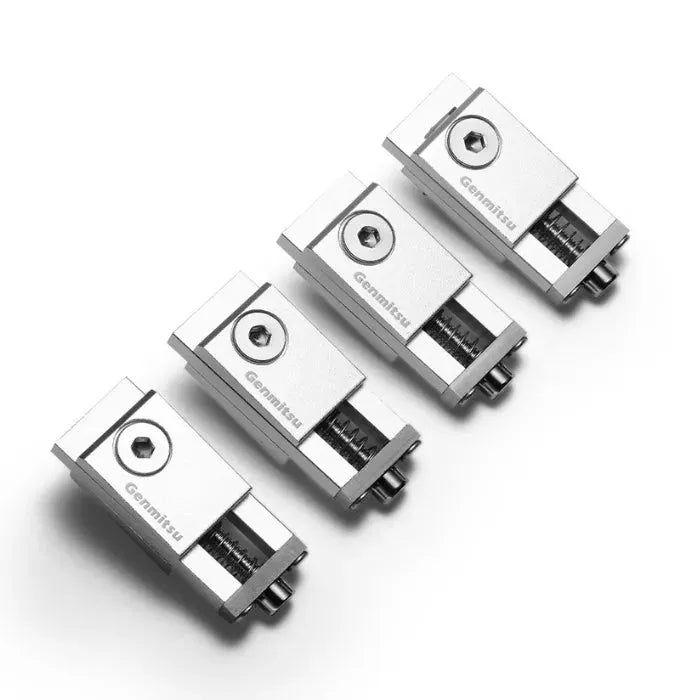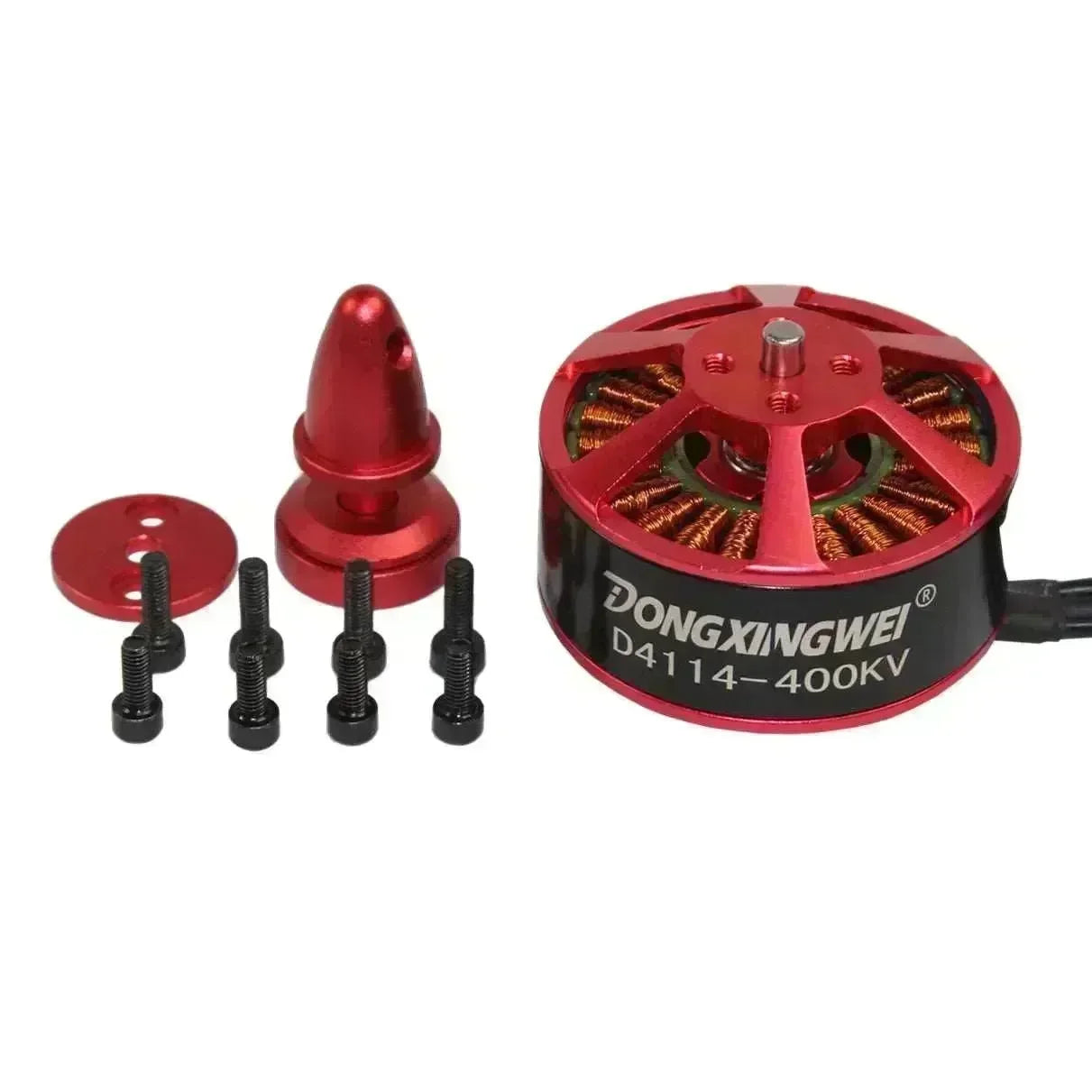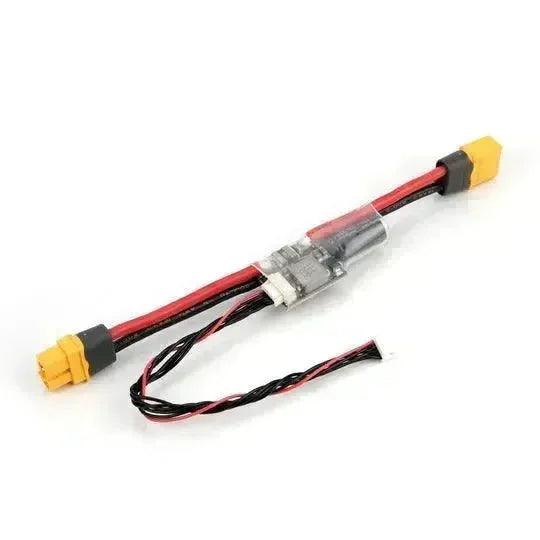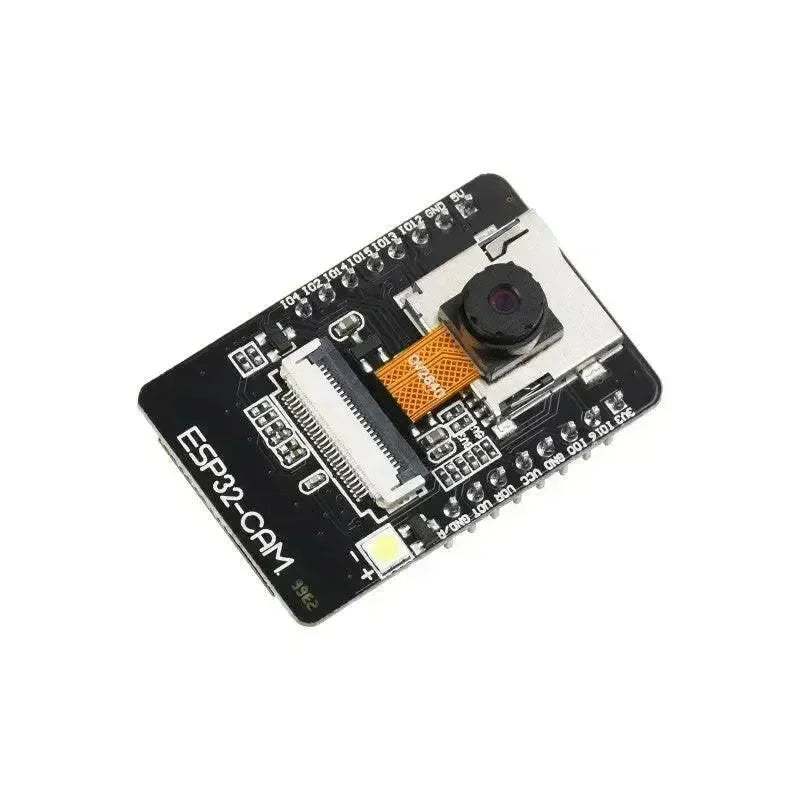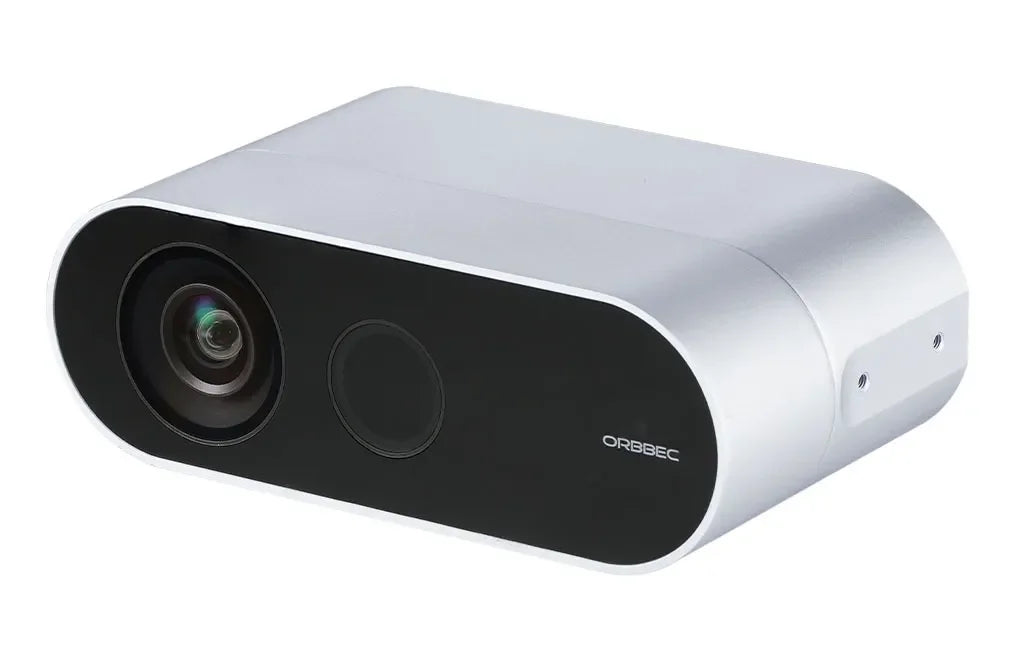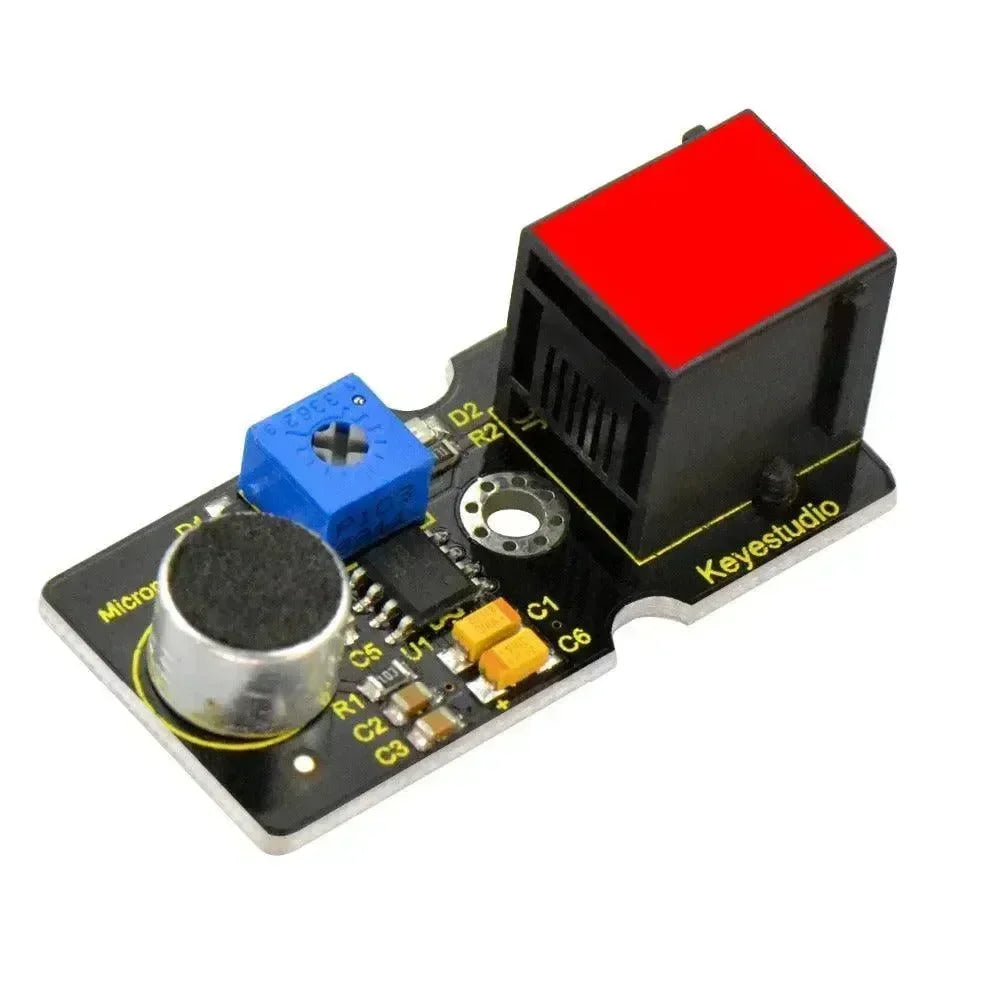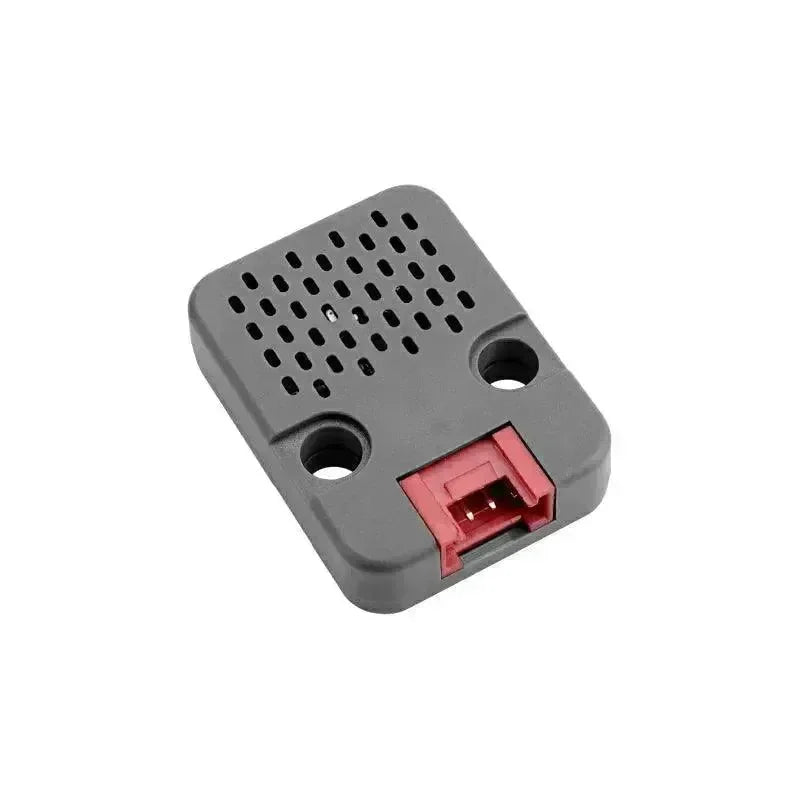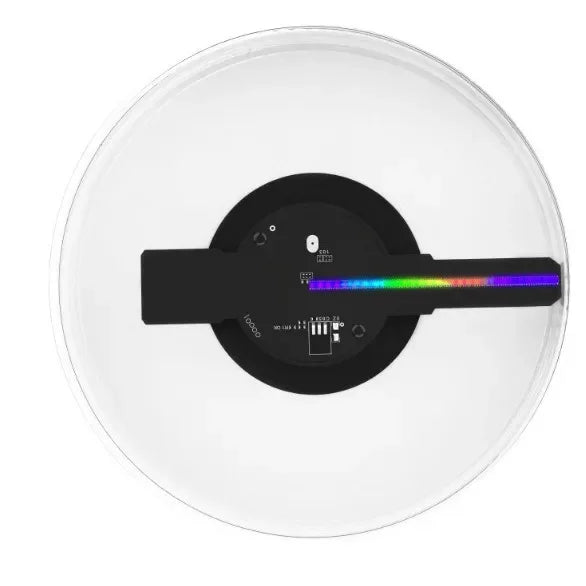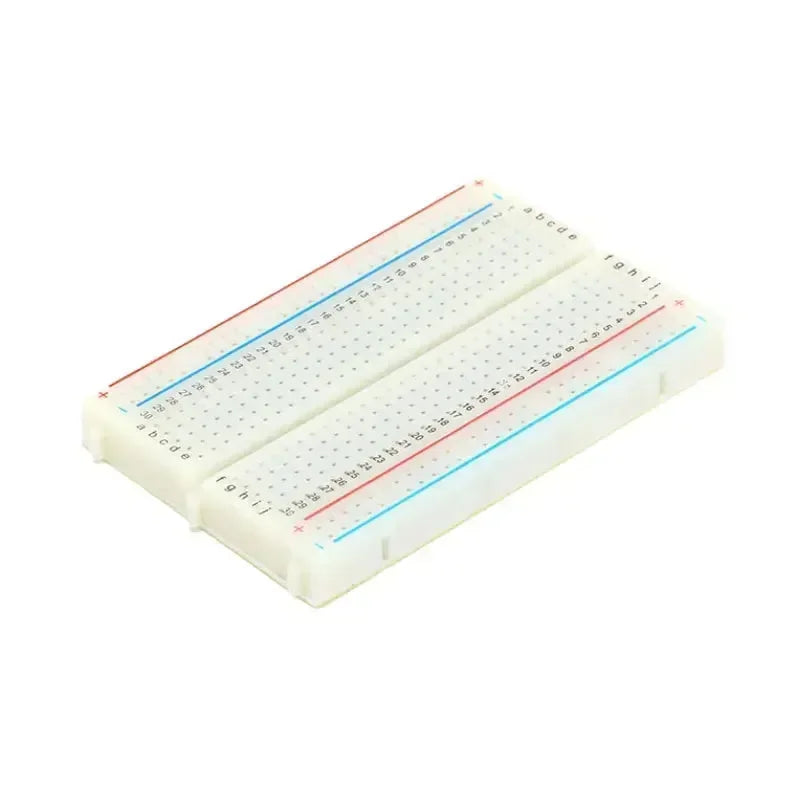Python est actuellement le langage de programmation le plus populaire et se classe régulièrement en tête des listes de popularité des langages. . Sa facilité d'utilisation, ses fonctionnalités puissantes et sa robustesse les capacités orientées objet ont attiré une vaste communauté de développeurs.
D'un autre côté, nous rencontrons souvent MicroPython lorsque nous explorons le développement de microcontrôleurs. MicroPython est essentiellement Python conçu pour fonctionner sur des microcontrôleurs comme Arduino et ESP32. Développé avec le matériel open source à l'esprit, l'objectif principal de MicroPython est de permettre aux développeurs Python de réaliser des projets matériels rapidement et efficacement sans avoir à naviguer dans les bas niveaux. architectures matérielles de niveau supérieur ou langages de programmation complexes.

Qu'est-ce que Python
Python est un langage de programmation de haut niveau, distinct des langages de bas niveau comme le C/C++. Bien que ces langages soient riches en fonctionnalités, ils manquent souvent de lisibilité. Python, créé au début des années 1990, est à la fois simple et très lisible, tout en offrant des fonctionnalités puissantes. Comme la plupart des langages de programmation modernes, Python inclut des fonctionnalités orientées objet.
L'une des plus grandes forces de Python est sa compatibilité multiplateforme. Les développeurs peuvent créer des programmes qui fonctionnent sur un large éventail de systèmes d'exploitation. En revanche, le développement multiplateforme en C++ nécessite l'écriture de Makefiles distincts pour chaque plateforme ou l'utilisation d'outils tels que CMake pour compiler du code pour plusieurs environnements.
Qu'est-ce que MicroPython
MicroPython est un moyen simple et efficace d'utiliser le langage de programmation Python 3 dans les systèmes embarqués. Bien que Python soit multiplateforme, il ne peut pas s'exécuter directement sur de nombreux microcontrôleurs utilisés dans le domaine de l'embarqué.
Lancé grâce à une campagne Kickstarter réussie en 2013, MicroPython a été spécialement conçu pour fonctionner sur des microcontrôleurs et d'autres environnements contraints, tels que ESP32, Arduino et STM32. Il fournit un environnement d'exécution léger avec un interpréteur et des bibliothèques standards essentielles, permettant aux développeurs de créer des applications intégrées à l'aide du langage Python.
Différences
| Caractéristiques | Python | MicroPython |
| But |
Usage général langage de programmation |
Python léger mise en œuvre pour microcontrôleurs |
| Matériel cible |
Fonctionne sur PC, serveurs, et autres usages généraux appareils |
Fonctionne sur des microcontrôleurs (par exemple, ESP32, Raspberry Pi Pico, STM32) |
| interprète | Entièrement équipé Interpréteur CPython |
Optimisé, minimal interprète pour appareils contraints |
| Bibliothèques standards | Norme étendue bibliothèques et modules |
Sous-ensemble plus petit de Python bibliothèques standards |
|
Système de fichiers Soutien |
Accès complet au système de fichiers (disque local, réseau) |
Accès limité au système de fichiers (généralement stockage flash) |
| Vitesse d'exécution | Exécution plus rapide sur matériel à usage général |
Plus lent en raison des ressources limitations des microcontrôleurs |
| Utilisation de la mémoire | Consommation de mémoire plus élevée (selon la plateforme) |
Mémoire extrêmement faible empreinte (conçue pour RAM/ROM limitée) |
| Accès au matériel | Peut s'interfacer avec des externes matériel via des bibliothèques comme GPIO, série, I2C, etc. |
Contrôle direct du matériel via le module machine et autres |
| Concurrence | Prend en charge le multithreading et multitraitement |
Concurrence limitée, utilisant souvent des interruptions ou multitâche coopératif |
| Gestion des erreurs | Gestion complète des exceptions et outils de débogage |
Outils de débogage limités, moins de types d'exceptions |
|
Développement Environnement |
Outils de développement riches (IDE, débogueurs, profileurs, etc.) |
Fonctionne généralement avec des modèles plus simples IDE (par exemple, Thonny, uPyCraft) et REPL |
|
Communauté & Écosystème |
Grande communauté, abondante ressources et bibliothèques |
Communauté plus petite mais en pleine croissance, systèmes embarqués |
| Déploiement | Convient pour le bureau applications, développement web et plus |
Principalement pour les systèmes embarqués systèmes, appareils IoT et projets matériels |
Python
Python présente une syntaxe simple et facile à lire. En utilisant l'indentation pour définir des blocs de code au lieu de nombreux crochets et points-virgules, cela améliore la lisibilité du code. Python est bien adapté à la programmation orientée objet, offrant des fonctionnalités telles que les classes, l'héritage et le polymorphisme. De plus, Python prend en charge la programmation fonctionnelle avec des outils tels que les fonctions lambda, les fonctions d'ordre supérieur et les fermetures.
Python dispose également d'une riche bibliothèque standard ainsi que de bibliothèques tierces étendues qui couvrent un large éventail d'applications, du traitement de fichiers et programmation réseau à accès aux bases de données.
Avantages et inconvénients
Python
Avantages :
- Syntaxe simple et claire, facilitant la lecture et la maintenance
- De nombreuses bibliothèques standards et tierces prenant en charge divers besoins de développement
- Facile à apprendre et accessible aux débutants et aux programmeurs non professionnels
- La Compatibilité multiplateforme permet au code de s'exécuter sur Windows, Linux et macOS avec un minimum de modifications.
Désavantages:
- Ne prend pas en charge les microcontrôleurs, ce qui le rend moins adapté aux scénarios intégrés
- Plus lent que les langages de niveau inférieur, consommant plus de ressources, ce qui limite son utilisation dans les systèmes embarqués avec des contraintes de ressources
MicroPython
Avantages :
- Facile à utiliser et très efficace, idéal pour les systèmes embarqués avec des ressources limitées
- Simple à apprendre pour les développeurs déjà familiers avec Python, permettant un déploiement de projet plus rapide sur des microcontrôleurs sans avoir besoin d'une connaissance approfondie de chaque appareil
- Pris en charge par une variété de bibliothèques standards et tierces, couvrant des scénarios intégrés courants
Désavantages:
- Certaines bibliothèques Python ne sont pas prises en charge, ce qui peut rendre certaines tâches plus difficiles.
- Nécessite une gestion manuelle de la mémoire
Exemples d'utilisation :
MicroPython est excellent pour les systèmes embarqués et les microcontrôleurs, tels que les appareils IoT et les capteurs. . Il fournit un environnement d'exécution léger, permettant aux développeurs d'utiliser Python pour créer des applications intégrées. Grâce à son efficacité et sa facilité d'utilisation, MicroPython est devenu un choix privilégié pour de nombreux débutants et développeurs de systèmes embarqués.
Résumé
MicroPython et Python offrent chacun des avantages uniques, répondant à différents scénarios de développement. MicroPython est idéal pour les systèmes embarqués aux ressources limitées et les appareils IoT. Avec une interface de programmation simple et une riche bibliothèque standard, il permet aux développeurs de prototyper et de déboguer rapidement des systèmes embarqués à l'aide de Python. Cela en fait un langage populaire pour les applications intégrées.
D'autre part, Python est largement utilisé dans des domaines tels que le développement web, le calcul scientifique, l'analyse de données et l'IA. Il dispose d'un vaste écosystème et d'une documentation étendue, offrant aux développeurs une grande commodité. Bien que la vitesse d'exécution de Python soit plus lente et que sa consommation de ressources soit plus élevée, ces différences de performance sont généralement acceptables dans de nombreuses applications. À mesure que la technologie progresse, Python est susceptible de s'améliorer tant en termes de performance que d'efficacité des ressources.
À mesure que la popularité de l'Internet des objets et des systèmes embarqués continue de croître, nous pouvons nous attendre à une adoption plus répandue de MicroPython. Pendant ce temps, Python continuera d’offrir des avantages significatifs dans divers domaines, améliorant ainsi l’efficacité des développeurs. Que vous soyez débutant ou développeur chevronné, vous pouvez choisir le langage de programmation qui correspond le mieux aux besoins de votre projet.

